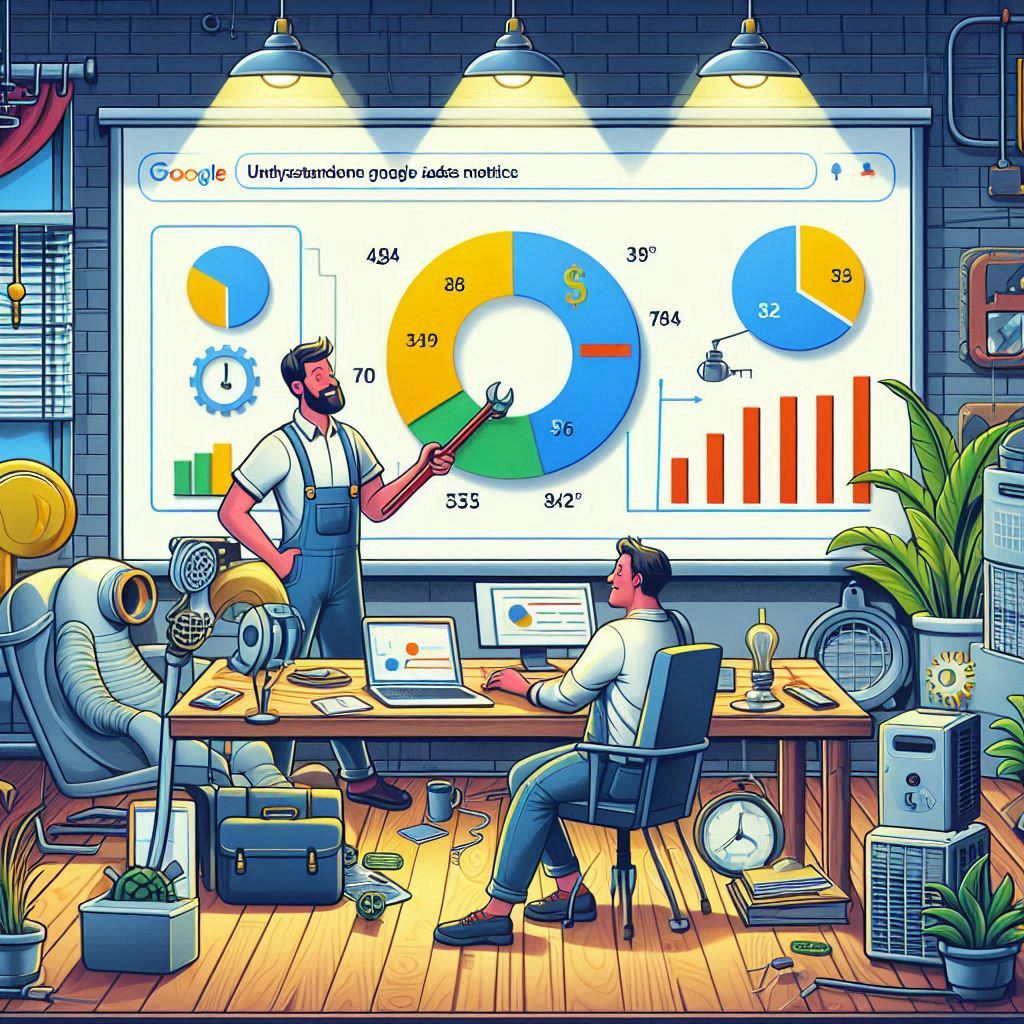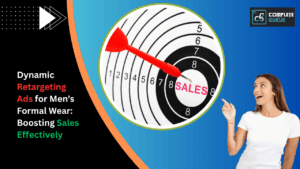Google Ads can be a powerful tool for HVAC businesses to attract new customers and grow their client base. However, to make the most of this platform, it’s essential to understand the key metrics that indicate how your ads are performing. This guide will explain the important Google Ads metrics that HVAC business owners need to know to ensure their campaigns are successful and cost-effective.
1. Click-Through Rate (CTR)
What It Is: The Click-Through Rate (CTR) is the percentage of people who click on your ad after seeing it. It’s calculated by dividing the number of clicks by the number of impressions (times your ad is shown).
Why It Matters: A high CTR indicates that your ad is relevant and engaging to your target audience. It means more potential customers are interested in your HVAC services.
How to Improve It:
- Use compelling and clear ad copy.
- Include strong calls-to-action (e.g., “Get a Free Quote”).
- Ensure your keywords are closely related to your ad content.
2. Cost Per Click (CPC)
What It Is: Cost Per Click (CPC) is the amount you pay each time someone clicks on your ad. Google Ads operates on a bidding system where you set the maximum amount you’re willing to pay per click.
Why It Matters: Understanding your CPC helps you manage your advertising budget effectively. Lowering your CPC while maintaining a high CTR can improve your return on investment (ROI).
How to Optimize It:
- Use negative keywords to avoid irrelevant clicks.
- Focus on highly relevant, long-tail keywords.
- Continuously test and refine your ad copy to improve quality scores.
3. Quality Score
What It Is: Quality Score is a metric that Google uses to determine the relevance and quality of your ads, keywords, and landing pages. It’s rated on a scale from 1 to 10.
Why It Matters: A higher Quality Score can lead to lower CPCs and better ad positions. Google rewards high-quality ads with lower costs and more visibility.
How to Increase It:
- Ensure your ad copy is relevant to your keywords.
- Optimize your landing pages for user experience and relevance.
- Improve your CTR by creating engaging ads.
4. Conversion Rate
What It Is: Conversion Rate is the percentage of clicks on your ad that result in a desired action, such as filling out a contact form or scheduling a service.
Why It Matters: A high conversion rate means your ads are effectively driving actions that contribute to your business goals. It’s a direct indicator of your campaign’s success.
How to Boost It:
- Create clear and compelling landing pages.
- Ensure a smooth and easy conversion process.
- Use strong and persuasive calls-to-action.
5. Cost Per Conversion (CPC or CPA)
What It Is: Cost Per Conversion (also known as Cost Per Action, CPA) measures how much you pay for each conversion. It’s calculated by dividing the total cost of your ads by the number of conversions.
Why It Matters: Understanding your CPA helps you evaluate the profitability of your campaigns. Lowering your CPA while maintaining or increasing conversions improves your overall ROI.
How to Lower It:
- Refine your targeting to reach more qualified leads.
- Improve your ad relevance and Quality Score.
- Optimize your landing pages for better conversion rates.
6. Impression Share
What It Is: Impression Share is the percentage of total impressions your ads receive compared to the total available impressions. It shows how often your ads are displayed relative to the competition.
Why It Matters: A high impression share means your ads are visible and reaching your target audience effectively. A low impression share might indicate that your ads are not competitive enough.
How to Increase It:
- Increase your bid amounts to compete for more impressions.
- Improve your Quality Score to get better ad placements.
- Expand your budget if necessary to cover more search queries.
7. Return on Ad Spend (ROAS)
What It Is: Return on Ad Spend (ROAS) measures the revenue generated for every dollar spent on advertising. It’s calculated by dividing the total revenue from ad conversions by the total ad spend.
Why It Matters: ROAS helps you understand the effectiveness of your ad spend. A higher ROAS indicates a more profitable campaign.
How to Improve It:
- Focus on high-converting keywords and ads.
- Continuously test and optimize your ad creatives and landing pages.
- Ensure your tracking is accurate to measure true ROI.
8. Bounce Rate
What It Is: Bounce Rate is the percentage of visitors who click on your ad but leave your landing page without taking any action.
Why It Matters: A high bounce rate suggests that your landing page might not be relevant or engaging to visitors. It indicates a poor user experience which can negatively impact your conversion rates.
How to Reduce It:
- Ensure your landing page matches the ad’s promise.
- Improve the design and usability of your landing page.
- Provide clear and relevant content that meets visitors’ expectations.
Suggested reading : SEO Vs. Google Ads: Which Is Better For Your HVAC Business?
Conclusion
Understanding and monitoring these Google Ads metrics can significantly enhance the effectiveness of your HVAC business’s digital marketing campaigns. By focusing on these key metrics—CTR, CPC, Quality Score, Conversion Rate, CPA, Impression Share, ROAS, and Bounce Rate—you can optimize your ads, reduce costs, and achieve better results. Regularly analyzing and adjusting your strategies based on these insights will help you attract more clients and grow your HVAC business successfully.

I am Ashutosh – a seasoned digital marketer, bringing digital transformation to businesses, complementing businesses’ growth via generating qualified leads, drive site inbound traffic via organic and inorganic approach, & build their brands through useful, well-designed marketing strategies and Marketing Automation implementation via Chat GPT, HubSpot & Zoho.







